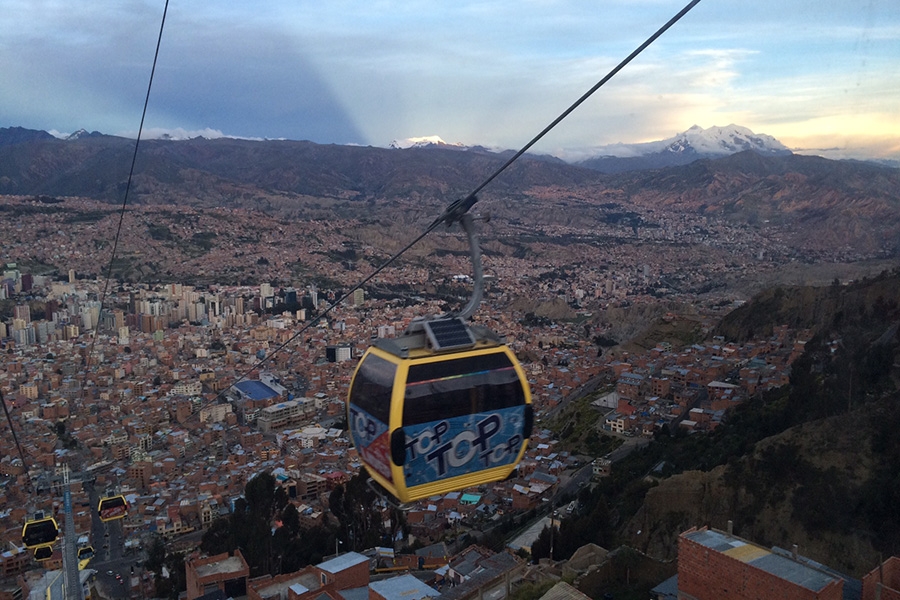
A dozen School of Civil and Environmental Engineering students spent their Spring Break working in La Paz, Bolivia, and nearby rural communities. Traipsing around with strange apparatuses hanging around their necks or dipping graduated cylinders into lakes and under water spigots. Connecting their years of classroom study to the real world.
The trip was part of a class designed and led by Joe Brown and Mike Bergin. (And though Bergin left Georgia Tech earlier this year, he still joined the class in La Paz). The goal of the trip, at least from a research perspective? Find low-cost, effective ways to monitor environmental quality — the air and water, in this case.
Well, here, let them tell the story:
 Heidi Vreeland and Allie George taking road measurements in El Alto. (Photo by Chelsea Dyess.) |
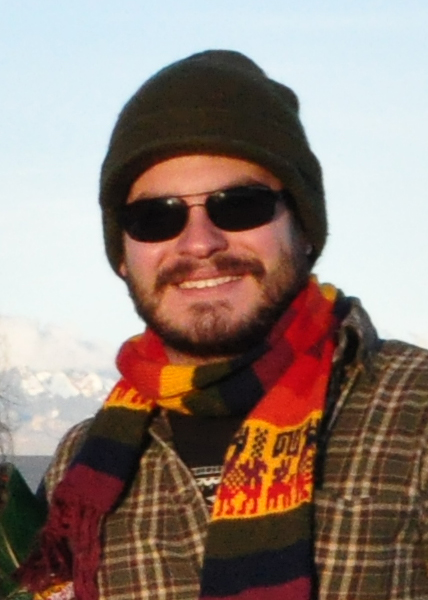 “The air quality there is fairly terrible. There are emissions regulations, but they’re not enforced, so you’re spending a lot of your time if you’re in the street or near traffic in a cloud of black and gray and white smoke. Our hypothesis was that the cable car was going to be much better for you than any of those other forms of transportation.” - Jeremy Nichols, fourth-year civil engineering undergrad, air quality group |
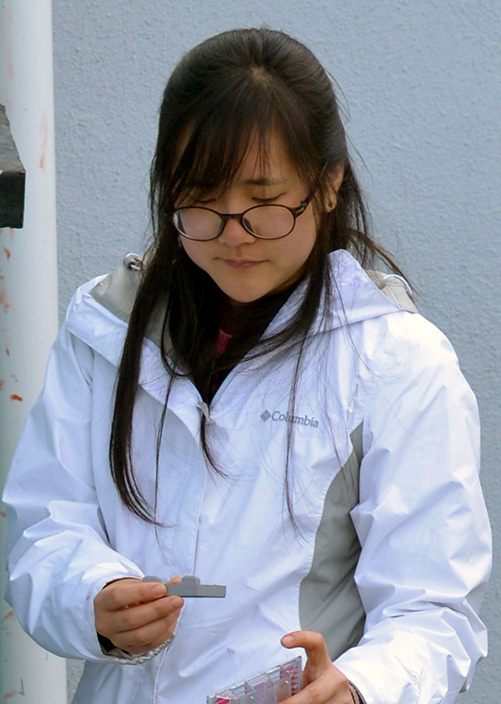 “From a research point of view, we had two main goals. The first one was to compare different methods of water-quality testing. Here in the States, we can test water quality in a lab, but in other places, people don’t always have access to that type of technology. So we wanted to see if we could apply a more simple way of water testing and compare the results of the standard method versus a different method. The second goal of our research was to see the difference in the water quality between intermittent and continuous supply. There are places where they only run the pump for a few hours. What can happen when the pump is turned off is that bacteria can enter the system. So we were going to see if that is bad for the community, to have the pump off.” - Rebecca Yoo, third-year civil engineering undergrad, water quality group |
 A car on the Teleferico yellow line in La Paz, Bolivia. “Our goal was to do a personal commuter exposure for each form of mass transportation to get an analysis of disability adjusted life years," says Jeremy Nichols. "Say you ride the Teleferico [cable] car every day instead of taking the bus, you’ll end up with this many years of better life.” (Photo by Jeremy Nichols.) |
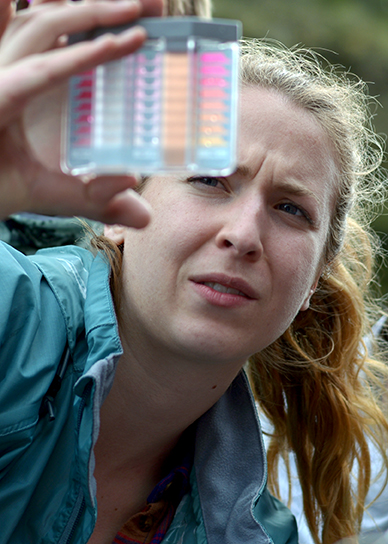 “We were trying to make it easier for those who don’t have access to, or don’t know if they have access to clean water, we were going to make it easier to determine that. … Finding a way to easily test your water quality in cost-effective ways and also ways that are easy, ways that wouldn’t need a laboratory or fancy equipment.” - Taryn Heidel, third-year environmental engineering undergrad, water quality group |
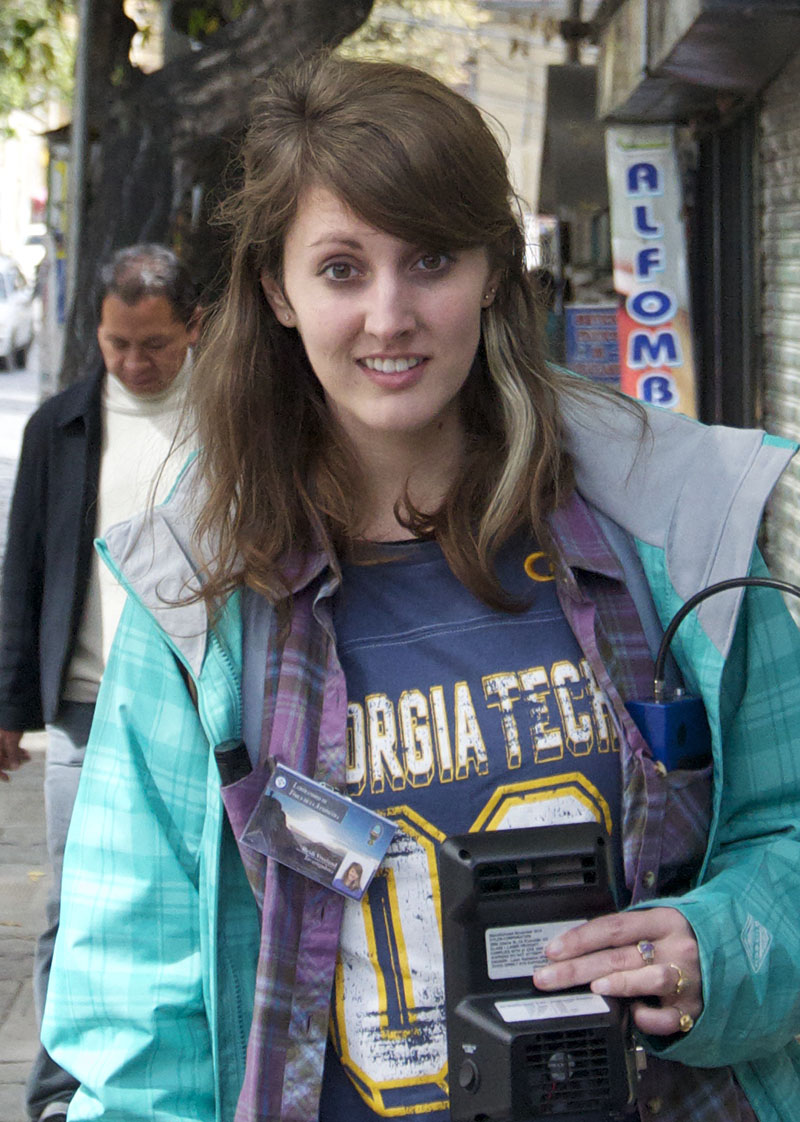 “In general, people don’t really understand the health impacts [of air] as much because you can’t see it. You know, you drink water, you get sick immediately. With air quality, maybe you’re coughing all the time, but you can associate that with all sorts of things.” - Heidi Vreeland, second-year master’s student, air quality group |
 “Unlike some projects like this, this is not an aid project. We’re not going there to do something for anybody; this was very much a partnership that we cooked up, that was more or less an equal collaboration between our local counterparts and us. You often think about students going to Bolivia to do something for other people. But this was more structured research.” - Joe Brown, assistant professor |
 Kaitlyn Long (left) and Brandie Banner take water samples from Lake Titicaca. (Photo by Lorenzo Tolentino.) |
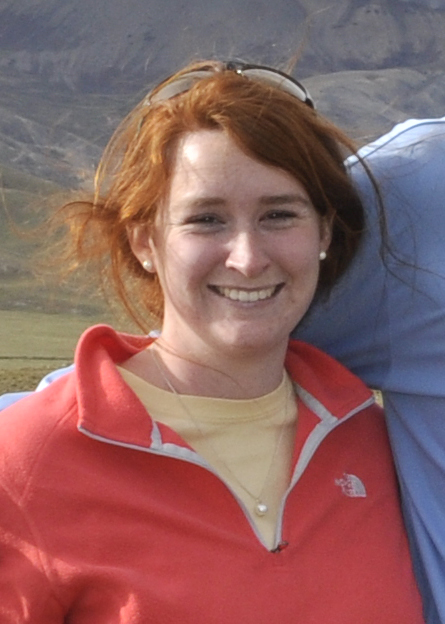 “It was also a cultural experience because several of us are interested in developing worlds — how to make developing worlds better and how to help them in the context in which they want help. The whole reason they turn the [water] pump off is because they believe the pump needs to rest. They literally give the pump a Sabbath. So you can’t just waltz in there and be like, [do] it the American way. They’re not going to; it’s not how they function. You have to come in with some cultural knowledge or understanding. You don’t really get that unless you go spend time there. That was cool. That was something I learned a lot.” - Kaitlyn Long, fifth-year civil engineering undergraduate, water quality group |
 “The reason I enjoy development work and the reason I’ve always focused on this is because I think it’s easy to have an ego — you know, about your education, especially at Georgia Tech where you’re getting a fantastic education — and I think that development work, or just working with people that are not like you exactly, keeps you very humble and reminds you that you don’t know everything. That’s really important, because I don’t think that we’re ever really excellent at solving problems if we can’t step back and understand really where the person we’re trying to help is coming from or what is it like to be there.” - Heidi Vreeland |
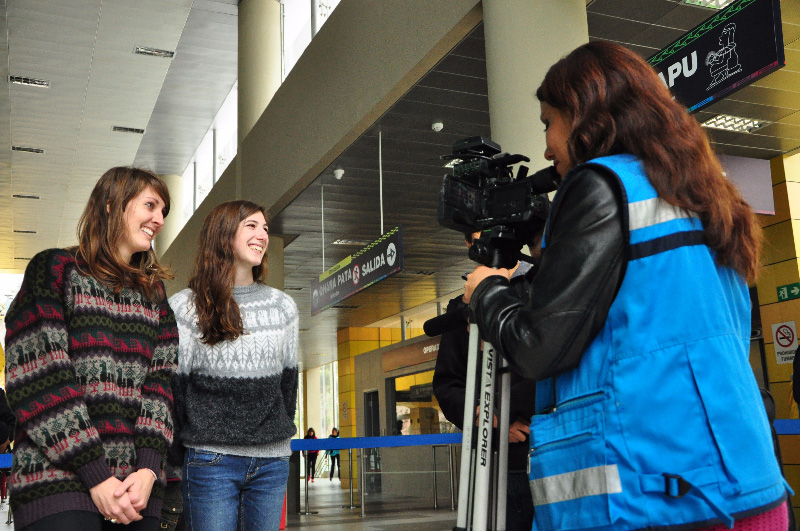 A journalist from Bolivia TV interviews Heidi Vreeland (left) and Francesca Metcalf about their research, which found that passengers on La Paz's cable-car system breath the cleanest air of all of the city's transportation options, including walking. (Photo by Jeremy Nichols.) |
 “Student projects, as a general rule, don’t make international or national headlines anywhere. This infrastructure project of the cable-car transit system in Bolivia is the highest profile infrastructure project that Bolivia has ever seen and has received a lot international attention. And there are a lot of very powerful local stakeholders that I think instantly saw the value of this research exercise, because it contributed to these local ideas about sustainable development So I think it just happened to be the right idea at the right time, and the students did a great job with it. [The air quality group was] able to report results while they were actually in the country, which led to the Bolivian media picking it up.” - Joe Brown |
 “They were interested that we were interested. That was part of it too. They had put [the cable-car system] in and they were like, these Americans from a university want to come study it, so it must really be something.” - Jeremy Nichols |
 “It’s rare when there is an interface between the public and university-level science, because usually it is so complicated, it is very hard to convey those messages to people in an effective way or to really directly see the impacts. I think we were really lucky to have a study that was so relatable.” - Heidi Vreeland |
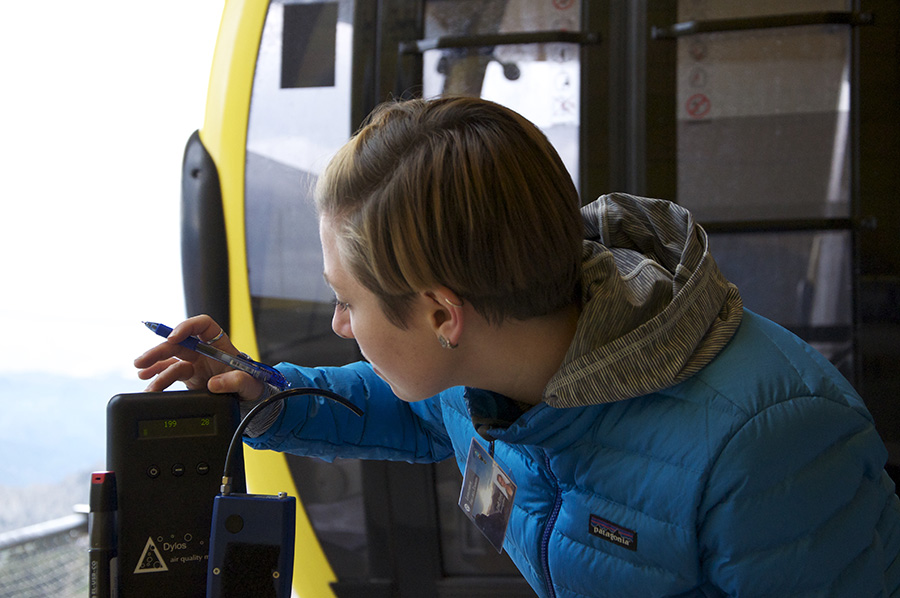 Emily Flood monitors equipment during morning rush hour at the Teleferico's Satelite station. (Photo by Jeremy Nichols.) |
 “It’s definitely one of the more exciting experiences I’ve had in CEE. I really enjoy classes, but there’s only so much you can learn in a classroom, and this one is not just being outside the classroom, it’s being in a whole different country, it’s experience what it’s like to be a field worker out in environmental engineering in the developing world. It’s really exciting to have to actually do that tangibly.” - Melissa Meyer, fourth-year environmental engineering undergrad, water quality group |
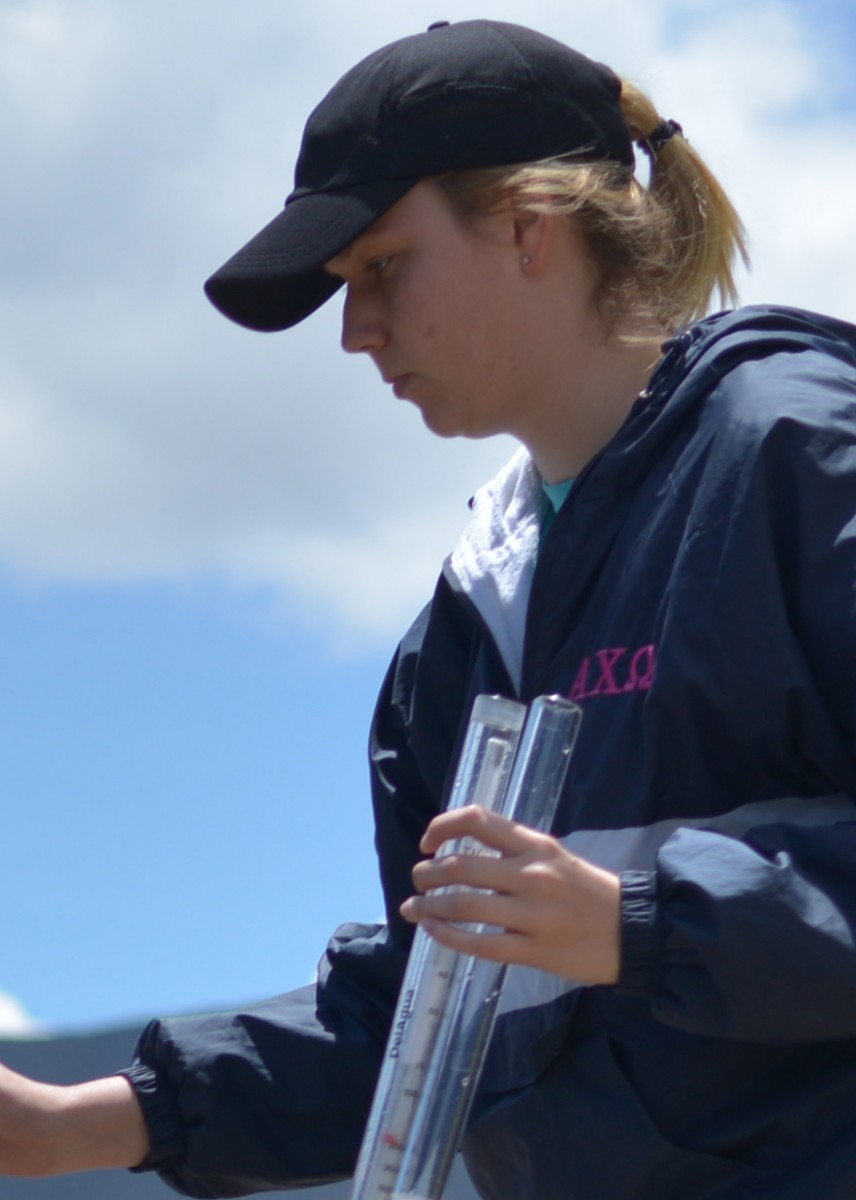 “Why the trip was so valuable for me is, it gives you so much perspective about engineering and what it can look like literally all around the world, the value of collaborating with people who are learning in a different environment than you are. And it was just a great adventure and a really great way to bond with some students in CEE I probably wouldn’t have gotten to know otherwise.” - Brandie Banner, fifth-year civil engineering undergrad, water quality group |
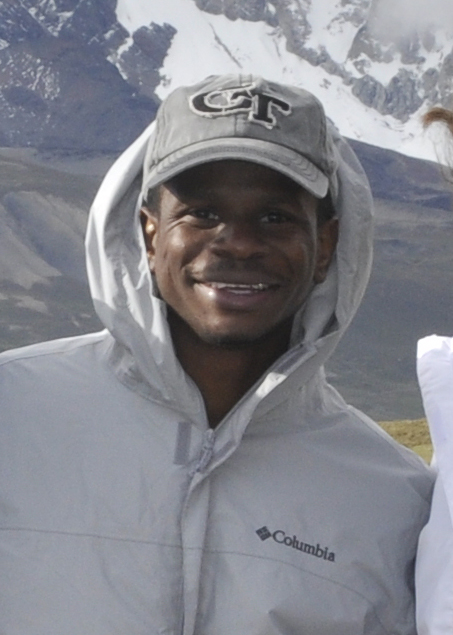 “It’s a different feel now when we see the people we went on the trip with. It’s like we bonded. Because there we were, working on stuff early mornings to late nights. And we had to rely on each other, because not one person knew how to do everything. So coming back, we’re super close. It’s a good feeling.” - Vernon Gentry, civil engineering undergrad, water quality group |
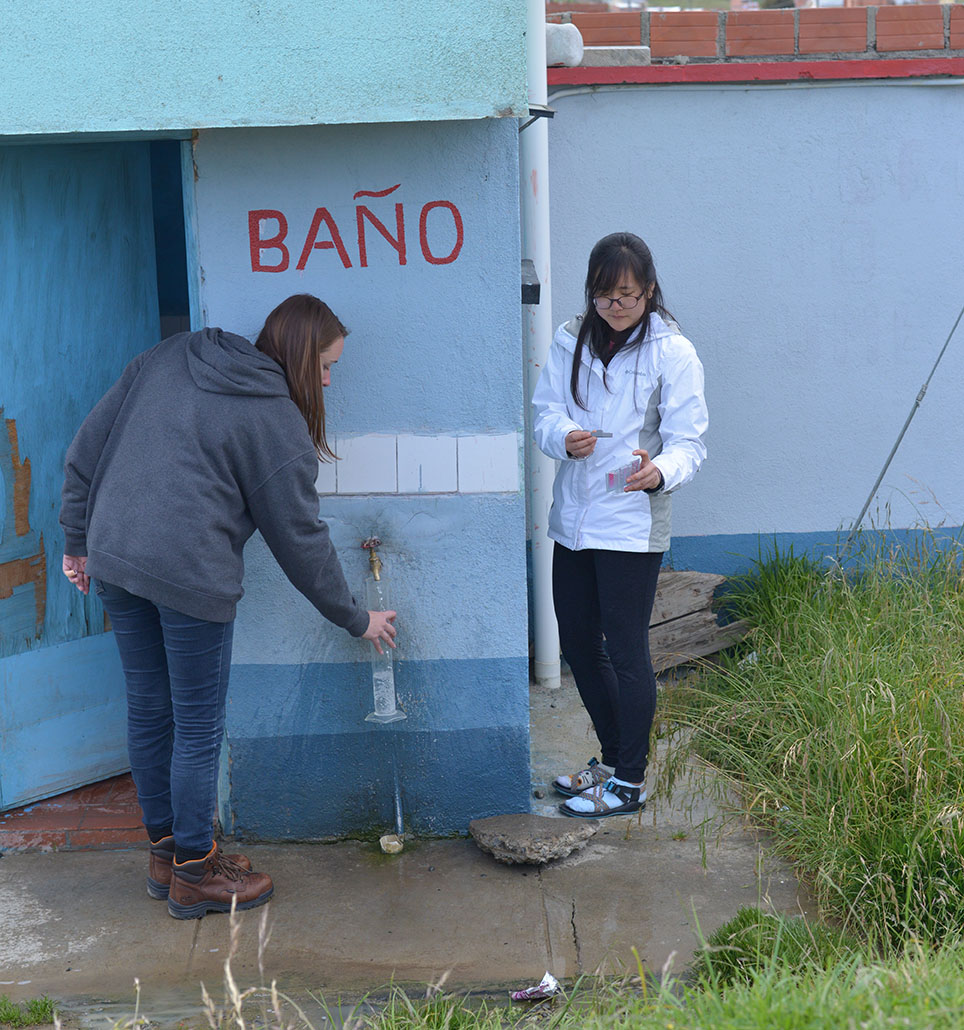 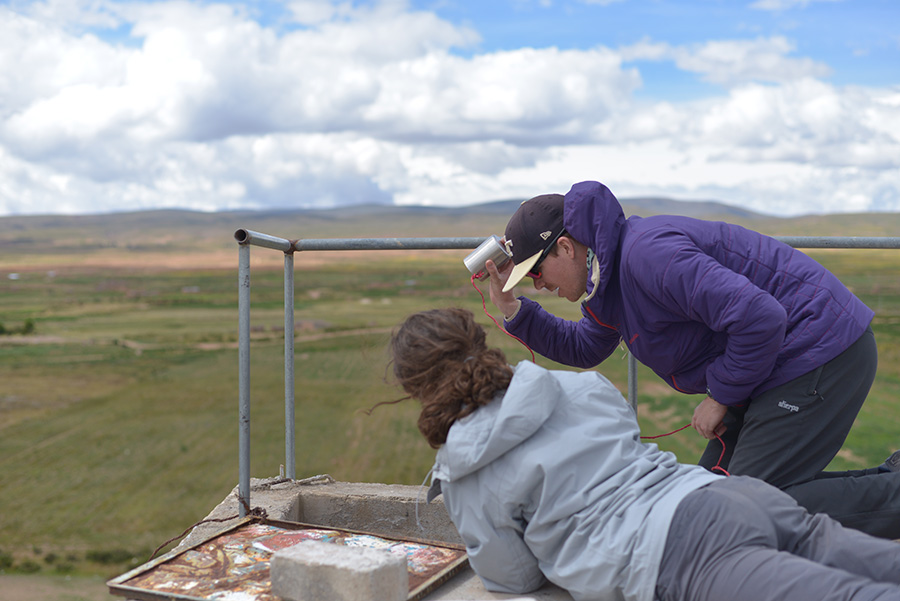 Left: Melissa Meyer (left) and Rebecca Yoo collect a water sample from a public bathroom. Above: Allie George and Aaron Bivins collect water samples at the water tower in the community of Konani. |
 “This is a really powerful experience for a lot of the students for a whole lot of reasons. One of them is just getting your hands dirty. They were totally thrown in the deep end for this exercise, given a real world project, and basically it was up to them to go out and execute it. They did a fabulous job.” - Joe Brown |
 “I know this class is not going to end when this class ends. It’s going to stay in my mind probably for a very long time. It’s been a very defining moment in my life.” - Rebecca Yoo |
|
Read much more about the trip to Bolivia on the air group blog and water group blog the students wrote while they were abroad. More pictures are on the Brown Research Group Facebook page and Twitter feed. |
